Gold price waits for rates clues from Jackson Hole
Political turmoil in the US has the potential to 'help gold in the short and longer term'
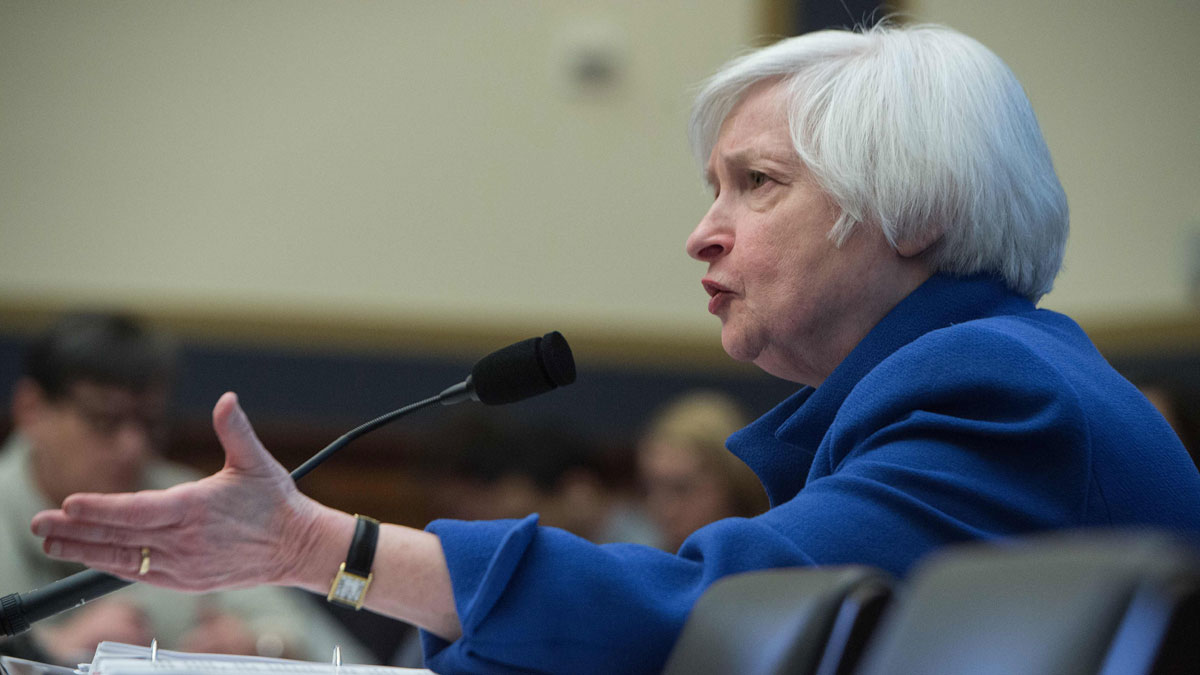
Gold price: four reasons it has not risen more
21 January
While the gold price is having a decent year and optimism is building over its future projection, it has yet to really break free from established price parameters and a ceiling of around $1,100.
The precious metal has risen about three per cent this year, despite December's rise in US interest rates, which is typically a negative signal. But this "safe-haven" rally comes at a time when equity markets are enduring their worst start to a year ever, with the UK's benchmark the FTSE-100 ploughing a three-year low. So why hasn't gold soared?
The Week
Escape your echo chamber. Get the facts behind the news, plus analysis from multiple perspectives.

Sign up for The Week's Free Newsletters
From our morning news briefing to a weekly Good News Newsletter, get the best of The Week delivered directly to your inbox.
From our morning news briefing to a weekly Good News Newsletter, get the best of The Week delivered directly to your inbox.
1. Inflation
"The struggle is this fundamental headwind which is [lower] inflation expectations," Rob Haworth, senior investment strategist for US Bank in Seattle, told Reuters.
"Gold is often thought of as an inflation hedge. There's not a lot of appetite to bid up gold when you don't have an inflation issue."
Inflation will likely remain low for a time yet, while the continuing slump in the oil price is dragging down fuel prices.
A free daily email with the biggest news stories of the day – and the best features from TheWeek.com
2. Market crash?
A second factor is whether or not the current market malaise will presage a full-blown crisis or if the investor panic underestimates the resilience of the global economy. By all accounts "safe-haven" rallies are typically short-lived, but finite gold, seen as a shore of value in times of stress, soars when markets go into full meltdown. The crisis in 2008 prompted a three-year bull market to an all-time high.
There is no shortage of people predicting we are facing another markets collapse. But there are also respected figures such as International Monetary Fund chief Maurice Obstfeld stating that investors are merely overreacting to "rather small bits of evidence in an environment of volatility and risk aversion".
3. Interest rates
Should a market crash not happen, the likelihood of further interest rates rises is weighing heavy and enforcing the current holding pattern. If rates rise, it boosts alternatives to gold that pay income and should buoy the dollar, against which gold is a hedge.
4. Demand dynamics
Once a clearer picture on markets and rates emerges, the market might refocus on demand dynamics to drive prices, but the underlying view is unclear.
Investors are buying in via funds again, but this rise is coming from a very low base following a big sell-off last year. Elsewhere, while purchases of actual gold in the form of jewellery rose in the latter part of the year, the tick higher so far in 2016 is blunting buying in China and India at the moment, notes Reuters.
New: try our free iPhone app, The WeekDay, for all the news that matters and nothing more. Click here for twice-daily digests distilled from the best of the British and international media
Gold price path depends on fate of stock markets
20 January
The gold price rose overnight as stock markets came crashing down from the modest highs reached during yesterday's relief rally.
Spot gold rose around $10 from the mid $1,080s and was sitting at around $1,095 an ounce this morning. It is therefore still trading within a relatively narrow range below $1,100, where it has been for around the past week, but the recent movements provide further proof of the extent to which its trend is dependent on the fate of wider markets.
The precious metal has enjoyed a strong 2016 so far, notes the Financial Times. It has risen by just more than three per cent since the start of the year and demand is rising, with investors buying 26.8 metric tonnes of gold through exchange-traded funds - "the biggest increase in a year".
It's a typical "safe-haven" rally: traders are flocking to a finite asset deemed likely to hold its value at a time when riskier assets are gripped by uncertainty. Such moves tend to be short-lived unless the downturn becomes more pronounced and prolonged – and to be sure, some are predicting a major crash reminiscent of that which followed the financial crisis in 2008.
"If wider stock markets crash; if we see a new wave of deflation coming from China; and central banks react to that with more money printing and negative interest rates (the only route they think they have), gold at $1,100 is going to look pretty cheap," writes MoneyWeek's Merryn Somerset Webb.
This explains why gold is in what has been termed a "holding pattern". As the FT says: "Whether this [the crash] will happen is anyone’s guess."
If it doesn't, then interest rates will likely follow the path set out by the Federal Reserve in December and rise a few times this year. This should boost the dollar, which would hit gold as it is often used as a hedge against the currency. Analysts have thus predicted the metal has further to fall, to around $1,000 or below, before it will recover in a more sustainable fashion.
Gold price: miners predict longer-term recovery
18 January
The gold price may be set to embark on a longer-term price recovery as output has "peaked" in this cycle, according to miners and other industry insiders.
A lack of new assets, not least prompted by reduced investment amid a period of retrenchment by miners more generally, and declining output at existing mines is expected to curb supply in the coming years, the Financial Times reports. This, it adds, provides a glimmer of hope for surviving producers of the precious metal after a three-year slump.
"Falling grades and production levels, a lack of new discoveries, and extended project development timelines are bullish for the medium and long-term gold price outlook," Kelvin Dushnisky, president of Barrick Gold, the world’s largest gold miner by annual output, told the FT.
Of course, for falling supply to spur higher prices the market needs to be refocused on to fundamentals rather than be in the thrall of wider trends. Instead, prices have been driven lower for the past year or more by a looming return in increasing interest rates by the Federal Reserve and have risen close to three per cent so far this year due to wider market turmoil boosting its "safe-haven" status.
In reality, traders are unlikely to cease trading gold as a proxy to hedge other market trends until equities are calmer and the picture on the Fed's rates trajectory is clearer. The market is divided between those who reckon December's nudge higher will prove to be a "one and done" rise - or that it might eventually be unwound – and those betting on several more hikes this year.
In the meantime, gold is still in its holding pattern below $1,100 an ounce. On a calmer day for markets generally, the price is virtually unchanged for the day at $1,090 in London.
Gold price 'stuck for now' - why it could surge or slump
14 January
The gold price rebounded late on Thursday after a modest two-day fall and appears to have carved out a new trading range a little below $1,100.
It had surged to a peak above $1,112 an ounce last week as equities fell sharply around the world and held above $1,100 into this week as wider sentiment remained skittish and equities continued their bumpy ride. It then fell back close to $1,080 in the wake of an equities recovery, which limited the "safe-haven" demand that had prompted a bout of gold-buying.
But the equities rally did not hold and a sell-off took hold in New York on Wednesday afternoon, while the oil price broke new ground in its ongoing slump. Gold bounced back to $1,090, a threshold around which it has settled. Some analysts reckon it may remain here for a time while a mixed bag of influences play out.
"We are still somewhat stuck for the time being, with not enough interest or buying to conclusively hold above $1,100, but with few participants wanting to aggressively short the market in the light of current conditions in the stock markets and China," broker Marex Spectron said in a note. "I would look to trade a $1080-$1,100 range in the absence of any outside news or influences."
The gold price might be at a crossroads from which its future direction is unclear and heavily dependent on broader factors.
On the downside, the potential for the Federal Reserve to add to its December rate rise several times this year, which would reflect recovering inflation and boost the dollar, against both of which gold is a hedge, would bring strong downward pressure. On the upside, the wider market malaise could yet develop into a full-blown crash, triggering a big rise.
In fact, Jeff Gundlach, chief executive of big bond house DoubleLine Capital who was lauded after predicting both the oil price crash in 2014 and problems in the high-yield bond sector in 2015, reckons gold could bounce 30 per cent this year to $1,400. This will happen as an equities bear market emerges, caused by slowing global growth and turmoil in China, he told CNN.
It should be noted, though, that Gundlach "predicted the gold price spike last year and it didn't happen as gold tumbled to a six-year low in December".
Gold price: does two-day drop mean rally is over?
13 January
Gold prices fell for a second consecutive day yesterday – and are lower again on Wednesday morning – as improved sentiment on equity markets undermined a "safe-haven" rally.
Amid a sharp drop on indices around the world since the start of the year, caused by brittle sentiment in China, turmoil in the Middle East and the latest slump in oil, the precious metal had rallied strongly. After hitting a six-year low of $1,045 an ounce in December, it rose to a high of $1,113 earlier this week and remained at or around $1,100 for four sessions.
But traders have gained some confidence as Chinese markets recovered ground on Tuesday and again overnight, triggered by official data revealing exports unexpectedly rose in December. This is boosting the mood on global growth and has sent shares in the US, Asia and Europe higher.
At the same time, the sport gold price fell more than $10 yesterday in London and then dipped further overnight. This morning, it had slipped to $1,081 an ounce, almost back in the narrow range between $1,070 and $1,080 in which it was trapped for much of November and December.
Some reckon this means gold's recent bounce is done. "We would caution that 'safe-haven' rallies in bullion tend to be short-lived, as [recent] price action attests," Jonathan Butler at Japanese conglomerate Mitsubishi told BullionVault.
Commerzbank technical analyst Karen Jones said she would remain bullish on the metal if gold held above the widely cited support level of $1,088 an ounce – but it has not. DailyFX also pointed to this threshold as it made a case for gold to rally again, adding that a break through this downside support could see a fall to as low as $1,070 in the short term.
In the medium term, of course, many analysts have predicted prices going even lower and perhaps even below $1,000 as interest rates are increased in the US, which could happen as soon as March.
All of this could reverse very quickly, however, given how volatile market trends have proved so far this year. Geopolitical shocks, further weakness in China or a surprise slump in the US economy that is seen to derail the path of rate rises could all spark a major upturn in gold in the coming weeks.
-
 Trump tightens restrictions for work visas
Trump tightens restrictions for work visasSpeed Read The length of work permits for asylum seekers and refugees has been shortened from five years to 18 months
-
 Stopping GLP-1s raises complicated questions for pregnancy
Stopping GLP-1s raises complicated questions for pregnancyThe Explainer Stopping the medication could be risky during pregnancy, but there is more to the story to be uncovered
-
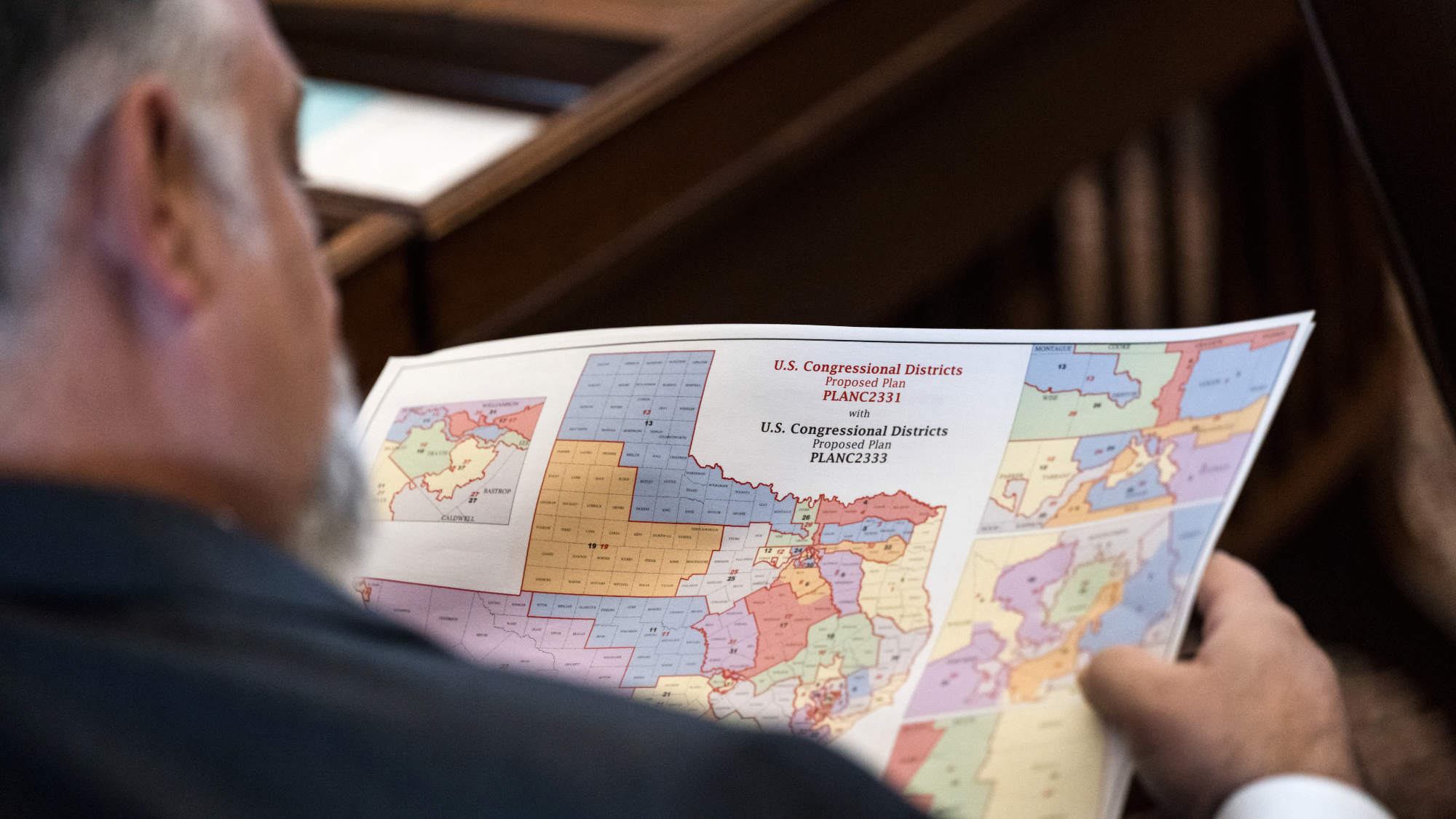 Supreme Court revives Texas GOP gerrymander
Supreme Court revives Texas GOP gerrymanderSpeed Read Texas Republicans can use the congressional map they approved in August at President Donald Trump’s behest
-
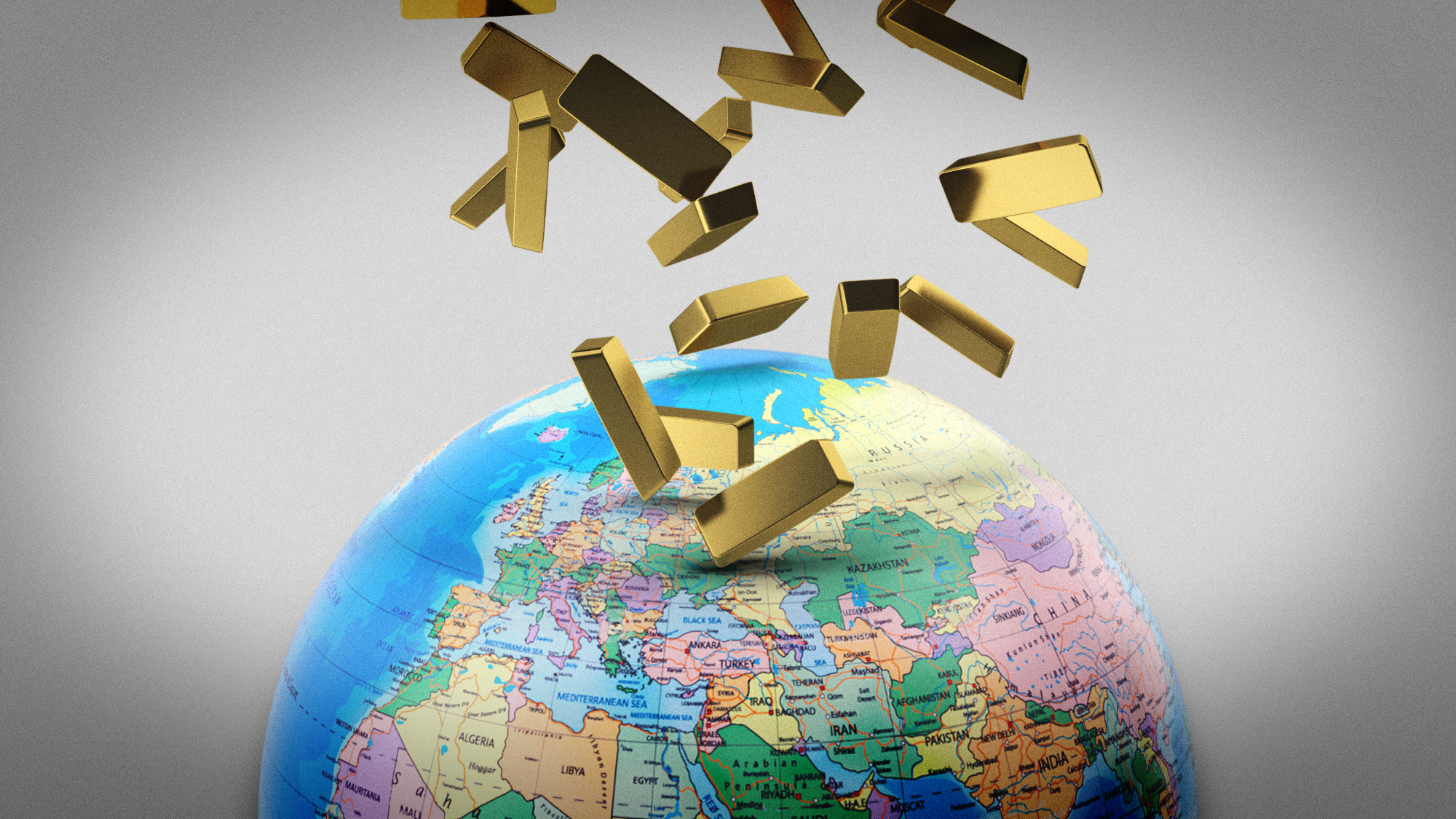 What a rising gold price says about the global economy
What a rising gold price says about the global economyThe Explainer Institutions, central banks and speculators drive record surge amid ‘loss of trust’ in bond markets and US dollar
-
 Gold tops $4K per ounce, signaling financial unease
Gold tops $4K per ounce, signaling financial uneaseSpeed Read Investors are worried about President Donald Trump’s trade war
-
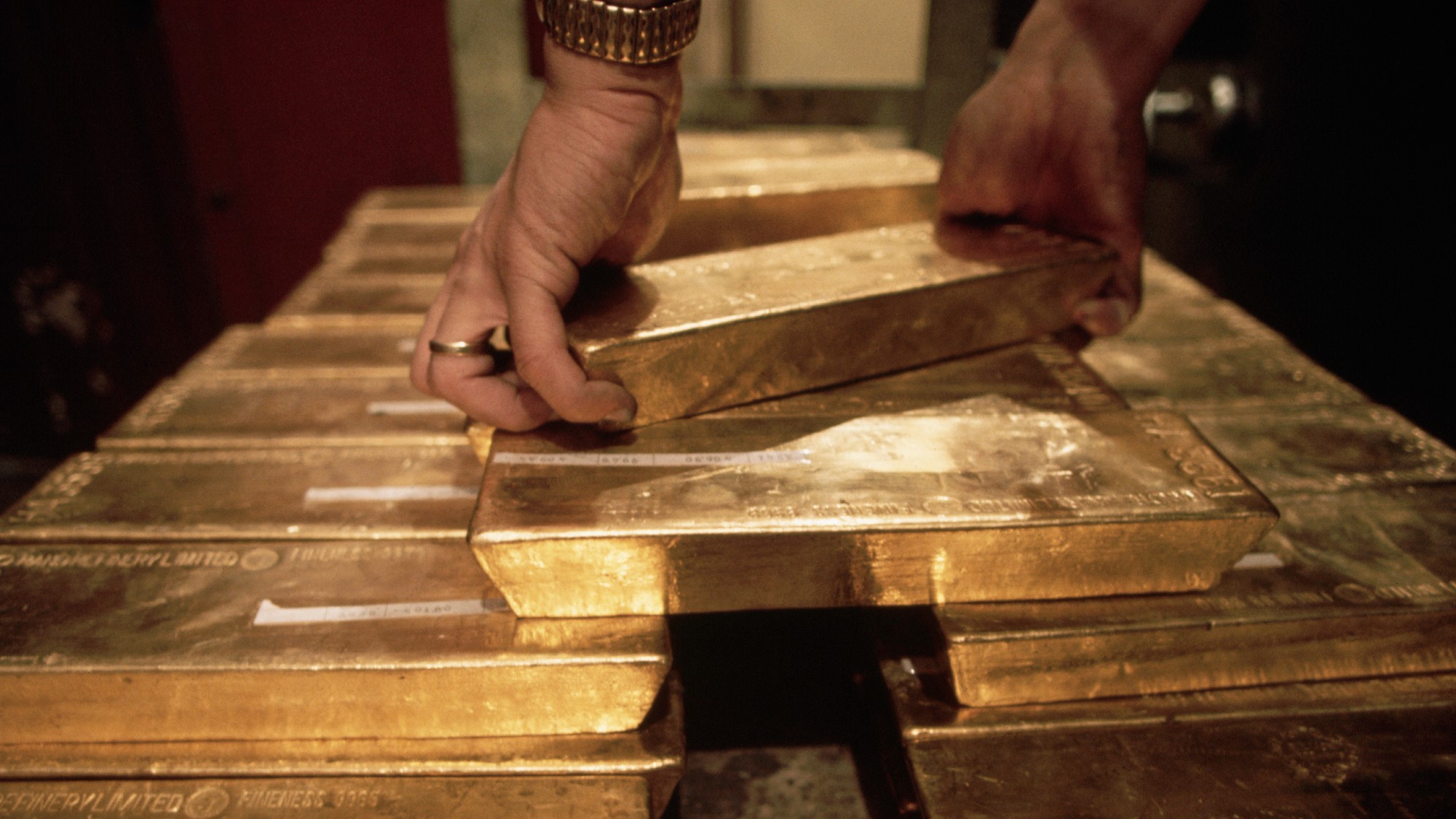 Safe harbor: Gold rises as stocks sink
Safe harbor: Gold rises as stocks sinkfeature It's a golden age for goldbugs
-
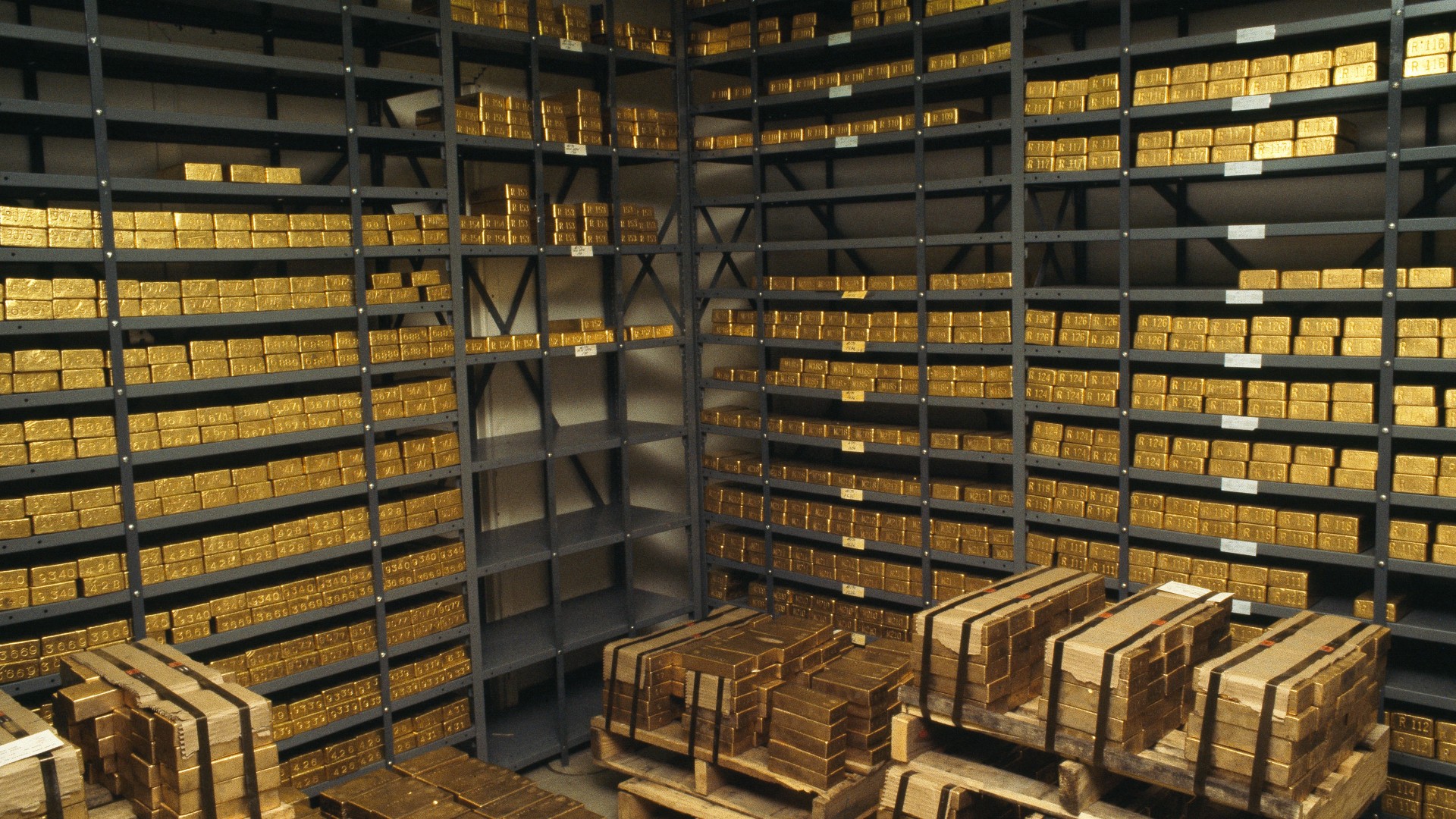 What rising gold prices can tell us about the economy in 2024
What rising gold prices can tell us about the economy in 2024The Explainer Market hits all-time high, boosted by a weakening US dollar and rising global tensions
-
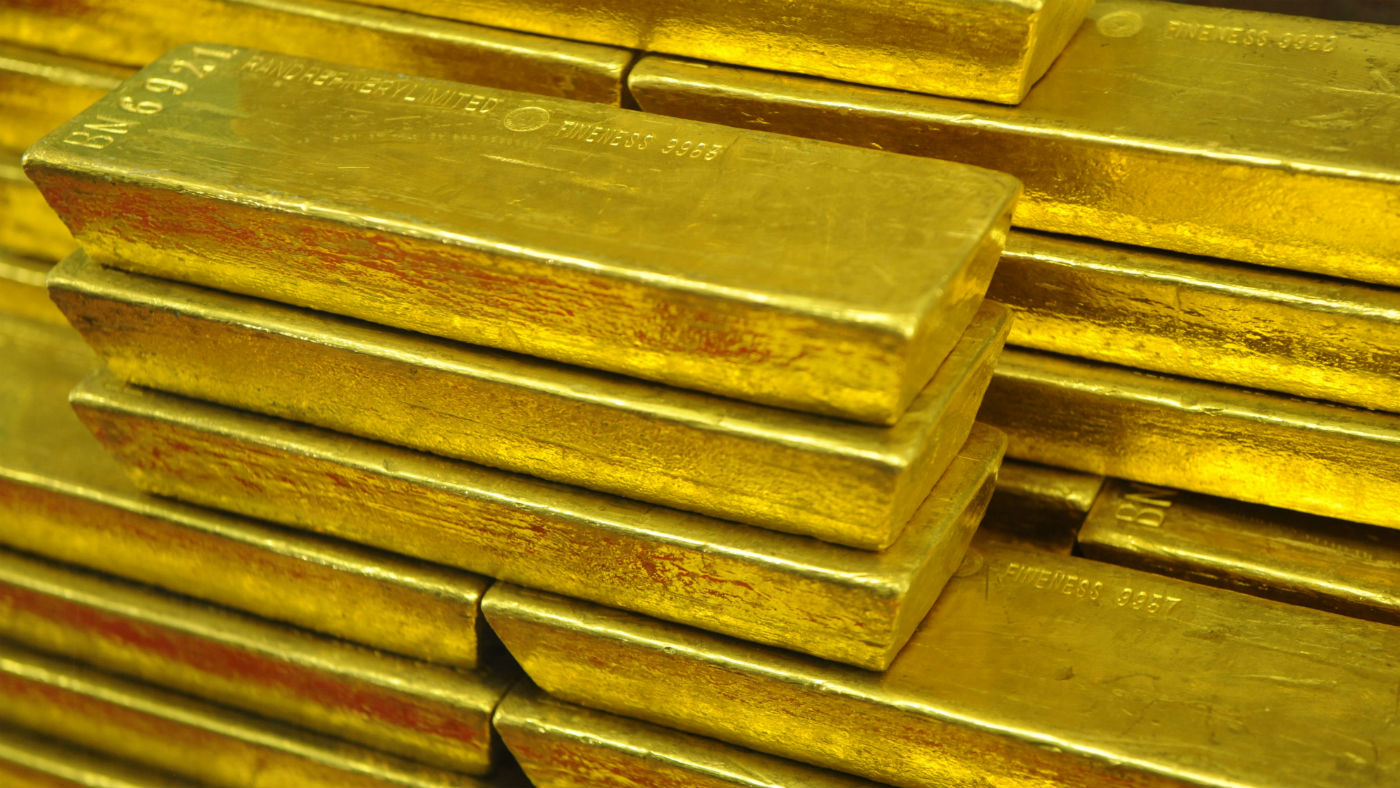 Gold’s ‘flash crash’: what the experts think
Gold’s ‘flash crash’: what the experts thinkfeature Bad news, good news and a loss of faith
-
 What is the price of gold and when is best to buy?
What is the price of gold and when is best to buy?Speed Read Economic and geopolitical uncertainty traditionally drives investors to reliable metal markets